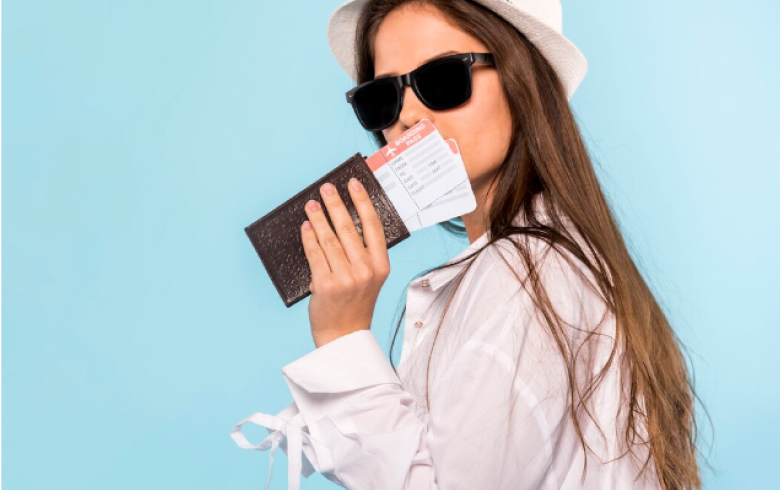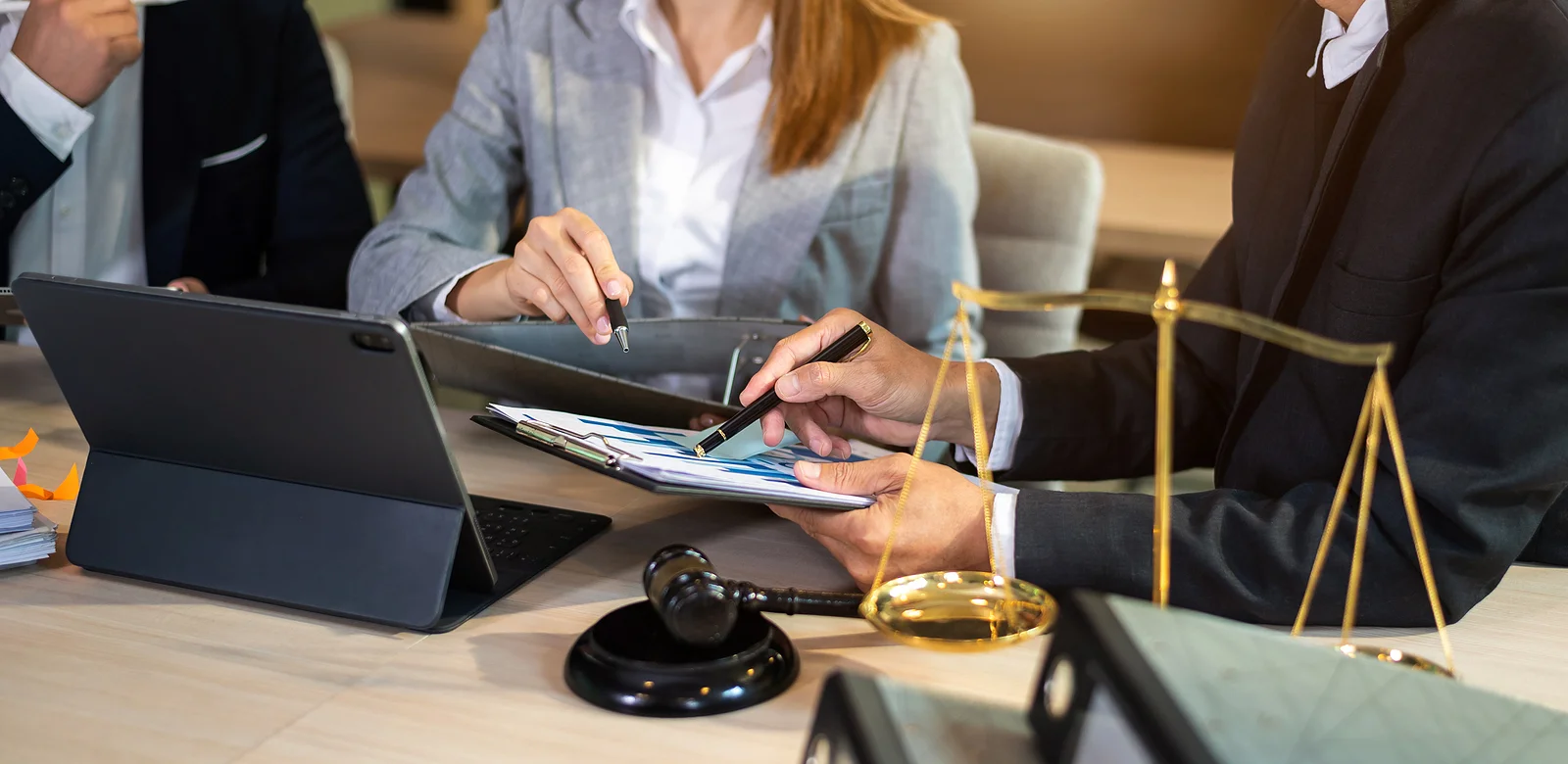Presidential Jets Compared: Who Had the Best Ride?
Presidential Jets Compared: Who Had the Best Ride? in the world of politics, image matters. But beyond the handshakes, speeches, and campaign trails, there’s another arena where presidents quietly compete — their airborne sanctuaries. From Roosevelt’s humble beginnings in the “Sacred Cow” to Trump’s gold-plated cabin and Biden’s modernized marvel, the presidential jet comparison is as intriguing as the men who used them. Buckle up and join us at 30,000 feet as we explore the evolution of flying presidential style.

From Propellers to Jet Engines: A Brief History of Presidential Flight
Before Air Force One became a pop culture symbol, U.S. presidents took to the skies in aircraft that barely resembled today’s floating fortresses. Franklin D. Roosevelt was the first to fly while in office — aboard a modified Douglas C-54 named the “Sacred Cow” in 1945. It was practical but basic.
Then came the “Independence,” a DC-6 used by Harry Truman, and Dwight D. Eisenhower’s sleek Lockheed Constellation, called “Columbine III.” These early aircraft laid the foundation for airborne command centers but lacked the opulence and tech of today’s jets.
John F. Kennedy’s Jet: The Beginning of the Icon
JFK’s Air Force One — a Boeing 707 — ushered in a new era. With a blue-and-white color scheme designed by Raymond Loewy, this aircraft set the standard. It had a private suite, a meeting room, and cold-war communications systems that were considered cutting-edge.
This was the first jet to truly merge function with presidential finesse. Compared to modern aircraft, it’s modest — but in the realm of presidential jet comparison, JFK’s Boeing 707 was a bold leap forward.
Reagan’s Airborne Office: The 707 Gets an Upgrade
By the time Ronald Reagan took office, the Boeing 707 had been refitted several times. Reagan’s version featured leather seats, wood paneling, and a highly secure phone system. He used it to project strength abroad, traveling extensively across Europe and Asia.
Reagan’s jet wasn’t just a plane. It was diplomacy on wings. The charm, charisma, and Cold War urgency matched the polished interior and efficient layout of the aircraft.
George H.W. Bush & Clinton: The Dawn of the 747 Era
Enter the iconic Boeing VC-25, a heavily modified 747-200B. This aircraft, introduced during George H.W. Bush’s presidency, redefined what it meant to be a flying command post. Bill Clinton continued to use the aircraft, making it the longest-serving model in modern presidential history.
The 747 variant featured 4,000 square feet of interior space, a private suite with a bedroom and shower, a full medical operating room, and secure communications systems.
In the presidential jet comparison, this aircraft remains a giant — both figuratively and literally.
George W. Bush: Post-9/11 Security in the Skies
After the events of September 11, 2001, security onboard Air Force One became paramount. George W. Bush’s administration introduced hardened electronics, anti-missile systems, and military-level communication upgrades.
Air Force One transformed into a mobile Pentagon. Bush even addressed the nation from the jet after the attacks. This was no longer just a luxury ride; it was a flying fortress.
Barack Obama: Modernization Meets Style
Barack Obama brought tech-savvy enhancements. His tenure emphasized connectivity, with more digital integration, upgraded sat-com systems, and secure Wi-Fi. The interior stayed elegant — leather seats, walnut paneling, and soft lighting — but the upgrades were deeply functional.
In every presidential jet comparison, Obama’s ride scores high for its seamless blend of technology, efficiency, and understated elegance.
Donald Trump: Opulence in the Skies
Trump took things up a notch. While he used the VC-25 just like his predecessors, his personal Boeing 757 stole headlines. Lavishly remodeled with 24-karat gold seatbelt buckles, a marble vanity, leather armchairs, and a high-end entertainment system.
His jet became a symbol of personal branding and extravagance. Though it wasn’t an official government aircraft, it played a pivotal role in his image. And yes — it turned heads on every runway it touched.
Joe Biden: Function Over Flash
President Biden continues to use the trusted VC-25. While less flashy than Trump’s personal aircraft, Biden’s Air Force One focuses on functionality, security, and reliability. A newer version — the VC-25B — is currently in development and expected to replace the aging models.
This new aircraft will reportedly have upgraded power systems, better avionics, and reduced maintenance costs. Though it’s still classified, rumors hint at a more environmentally friendly fuel system and enhanced stealth features.
In this presidential jet comparison, Biden leans toward modern efficiency rather than visual dazzle.
Interior Showdown: Comparing Comfort and Functionality
So who had the best flying palace? Let’s break it down:
JFK — Boeing 707 — Moderate luxury, basic tech, basic security
Reagan — Boeing 707 — High luxury, medium tech, moderate security
Clinton — Boeing 747-200B — High luxury, high tech, high security
Bush (W.) — Boeing 747-200B — Moderate luxury, high tech, very high security
Obama — Boeing 747-200B — High luxury, very high tech, very high security
Trump — Boeing 757 (private) — Very high luxury, medium tech, medium security
Biden — Boeing 747-200B — Moderate luxury, high tech, very high security
In this matrix, Trump wins the luxury category, while Bush and Obama dominate in security and tech. Biden inherits both strength and reliability from this lineage.
Technical Breakdown: Not Just a Pretty Cabin
The heart of a presidential aircraft isn’t just leather seats or private suites. It’s the technical prowess under the hood:
- Range: Most presidential jets can fly 6,000 to 7,800 nautical miles without refueling.
- Speed: Average cruising speed sits around 575 mph.
- Altitude: Typically flies at 35,000 to 45,000 feet — above commercial air traffic.
- Countermeasures: Includes radar-jamming tech, flare systems, and hardened avionics.
In any presidential jet comparison, the true advantage lies in adaptability — transforming into a command center within minutes.
Security That Rivals Fort Knox
When discussing presidential aircraft, security is paramount. These jets feature:
- Bulletproof windows
- EMP shielding
- Air-to-air defense systems
- Hardened underbellies to withstand blasts
Each aircraft is followed by decoy planes, and the president’s schedule is kept under tight wraps. In a crisis, these jets can stay airborne for extended periods, refueled mid-air if necessary.
Which Jet Would You Choose?
Would you prefer the glitter and glam of Trump’s personal jet? Or the fortified high-tech sanctuary of Bush and Obama’s Air Force One?
Every commander-in-chief shaped their aircraft according to their needs and personality. Reagan loved comfort. Obama embraced tech. Trump demanded luxury. Biden emphasizes practicality.
So, in this epic presidential jet comparison, the answer depends on what you value: security, style, or the seamless blend of both.
Sky High Standards
Presidential jets are more than transport — they’re extensions of power, diplomacy, and national identity. Whether flying to global summits or responding to crises, these aircraft have stood as silent but powerful partners to the presidency.
From JFK’s stylish beginnings to Trump’s opulent flair and Biden’s reliable command center, these jets represent far more than just travel. They symbolize how presidents lead — with polish, with presence, and sometimes, with panache.








